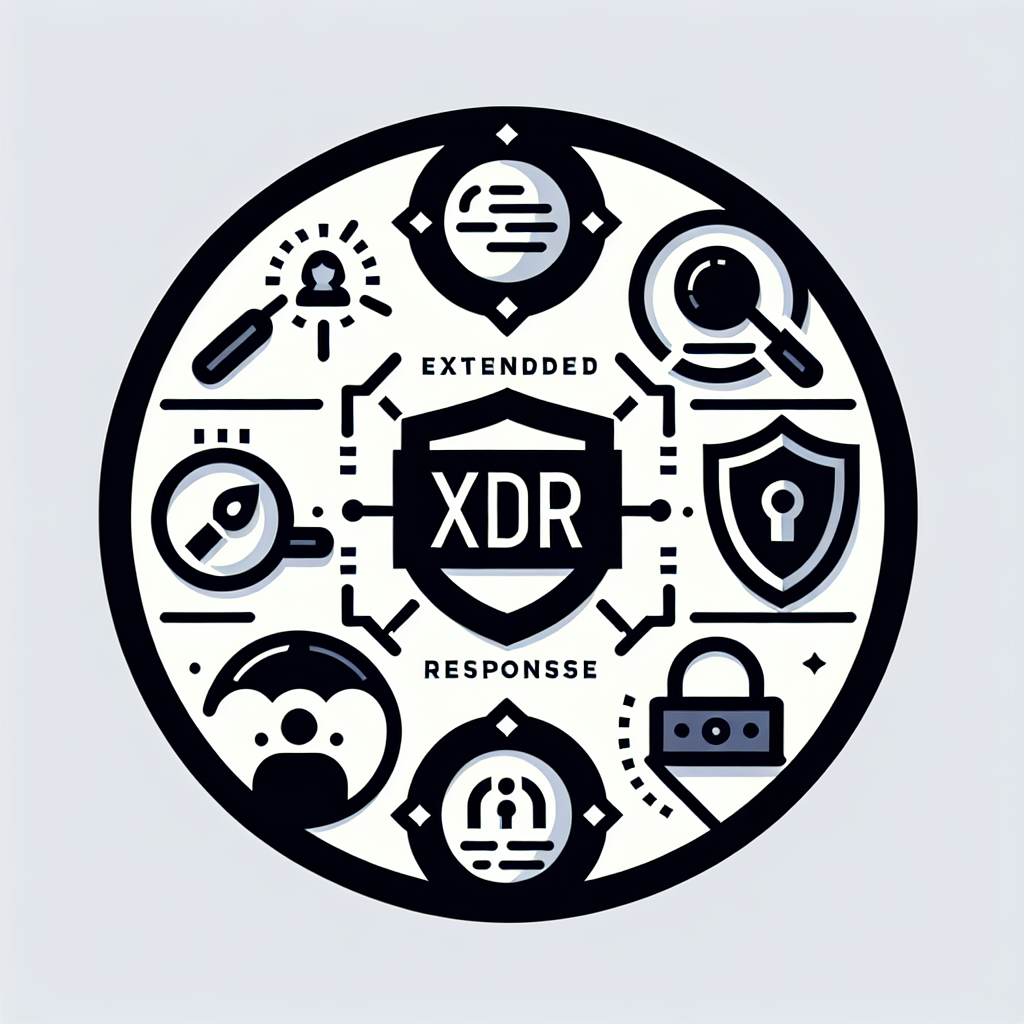
Extended Detection and Response (XDR) is a security platform that centralizes telemetry from endpoints, networks, cloud services, and identity systems to detect, investigate, and act on threats across the environment.

XDR is a platform that unifies telemetry across security layers to detect and respond to complex attacks faster. It moves beyond single-point tools by correlating endpoint, network, cloud, and identity signals into meaningful incidents. That context reduces false positives and highlights the attack path. For SOC teams this means clearer priorities and faster containment. XDR helps small teams scale detection without hiring large analyst staffs.
XDR works by ingesting telemetry from multiple sources, normalizing it, and applying analytics and correlation to build incident timelines. It uses behavior analysis, threat intelligence, and detection rules to spot suspicious patterns. When correlated events indicate an attack, XDR can automate investigation steps and suggested or automated responses. Analysts get a single pane of glass with contextual evidence. This streamlines triage and reduces the time spent pivoting between consoles.
XDR collects endpoint events (processes, file activity), network logs and traffic metadata, cloud activity and audit logs, and identity/authentication events. It may also ingest threat intelligence, application logs, and DNS or proxy data. Combining these sources improves detection accuracy and reveals lateral movement. The richer the telemetry, the better the platform can reconstruct an attack. Vendors and deployments vary in which specific feeds are supported.
XDR expands on EDR by adding network, cloud, and identity visibility to endpoint-centric telemetry. While EDR focuses on individual host detection and response, XDR links host events to broader signals to show the full scope of an incident. That additional context helps determine whether a suspicious endpoint event is isolated or part of a coordinated attack. XDR therefore reduces blind spots and informs more effective response actions. Organizations often pair EDR agents with an XDR platform to retain deep host telemetry while gaining cross-layer correlation.
XDR is a detection-and-response platform with built-in analytics and automation; SIEM is primarily a log collection and compliance tool that often needs heavy tuning. MDR is a managed service where a provider operates detection and response for you and can use XDR or other tools under the hood. Many teams use SIEM for compliance reporting and XDR for threat detection and automated response, while outsourcing to MDR if they lack in-house analysts. Each plays a role: SIEM for logs and audits, XDR for active detection, MDR for outsourced operations.
XDR reduces alert overload by correlating related events into consolidated incidents and improves detection quality through cross-layer context. It accelerates investigations with built-in timelines and investigation workflows, and it can automate containment actions like isolating endpoints or disabling accounts. XDR also improves SOC efficiency by minimizing tool switching and surface-level noise. For many organizations this translates to faster containment and reduced risk from dwell time.
XDR can be offered as cloud-native SaaS, on-premises software, or as part of a managed detection service. Cloud-native options typically provide faster onboarding and centralized updates. On-prem deployments may suit organizations with strict data residency or compliance requirements. Managed options delegate monitoring and response to experts who operate the XDR for you. Choose a model that fits your operational capacity and compliance needs.
Start by mapping your telemetry sources and confirming the XDR supports those feeds. Consider integration needs with existing EDR, SIEM, and SOAR tools, and evaluate data egress and retention policies. Assess automation controls and the ability to tune detections to your environment. Budget for deployment, training, and potential service costs if you choose a managed model. Finally, validate the vendor’s support for cloud platforms and identity systems you rely on.
XDR reduces alert fatigue by grouping correlated signals into a single incident and prioritizing based on context and risk. It filters noisy, low-value alerts and surfaces high-confidence incidents to analysts. Automated investigation steps and response playbooks eliminate repetitive manual work. This frees analysts to focus on complex cases, improving morale and effectiveness. Organizations often see meaningful drops in daily alert counts after XDR rollout.
Yes — XDR improves SOC efficiency by centralizing evidence, providing guided investigations, and offering automation for routine tasks. Analysts spend less time stitching together logs and more time validating high-impact incidents. Playbooks and integrated response actions shorten MTTR and provide consistent handling of common threats. For smaller SOCs, XDR can effectively multiply analyst capacity. Measured gains often include faster detection and fewer escalations.
XDR should integrate with your EDR agents, cloud platforms (AWS, Azure, GCP), identity providers (Azure AD, Okta), network appliances, SIEMs, and SOAR tools. Support for threat intelligence and common log formats (Syslog, API feeds) is also important. Open, well-documented APIs make custom integrations and automation easier. Check that the vendor provides connectors for your core stack before committing. Integration breadth directly affects the quality of correlation and detection.
ROI is commonly measured through reduced alert volume, faster MTTD/MTTR, and lowered incident impact. Track metrics like number of alerts handled per analyst, median time to containment, and incidents prevented or mitigated. Include cost offsets such as fewer security hires, reduced consultant expenses, and avoided breach costs. Pilot projects and phased rollouts help demonstrate concrete improvements before full investment. Use those early wins to quantify longer-term value.
No. XDR complements SIEM by providing automated detection and response; SIEMs remain valuable for compliance, long-term log retention, and custom correlation use cases. Many organizations run both tools in parallel.
Often yes — endpoint agents are common, but XDR also ingests agentless logs from network devices and cloud platforms. Agent requirements depend on the vendor and the telemetry you need.
Yes. XDR is particularly useful for smaller teams because it consolidates tools, automates routine tasks, and reduces alert volume, effectively increasing analyst capacity.
Pilots and phased rollouts can show measurable improvements in days to weeks for alert reduction and faster investigations; full value usually appears over months as tuning and integrations mature.
Check vendor documentation and run a short proof-of-concept that validates telemetry ingestion, integration points, and automation controls. For tailored assistance and demos, visit Palisade.